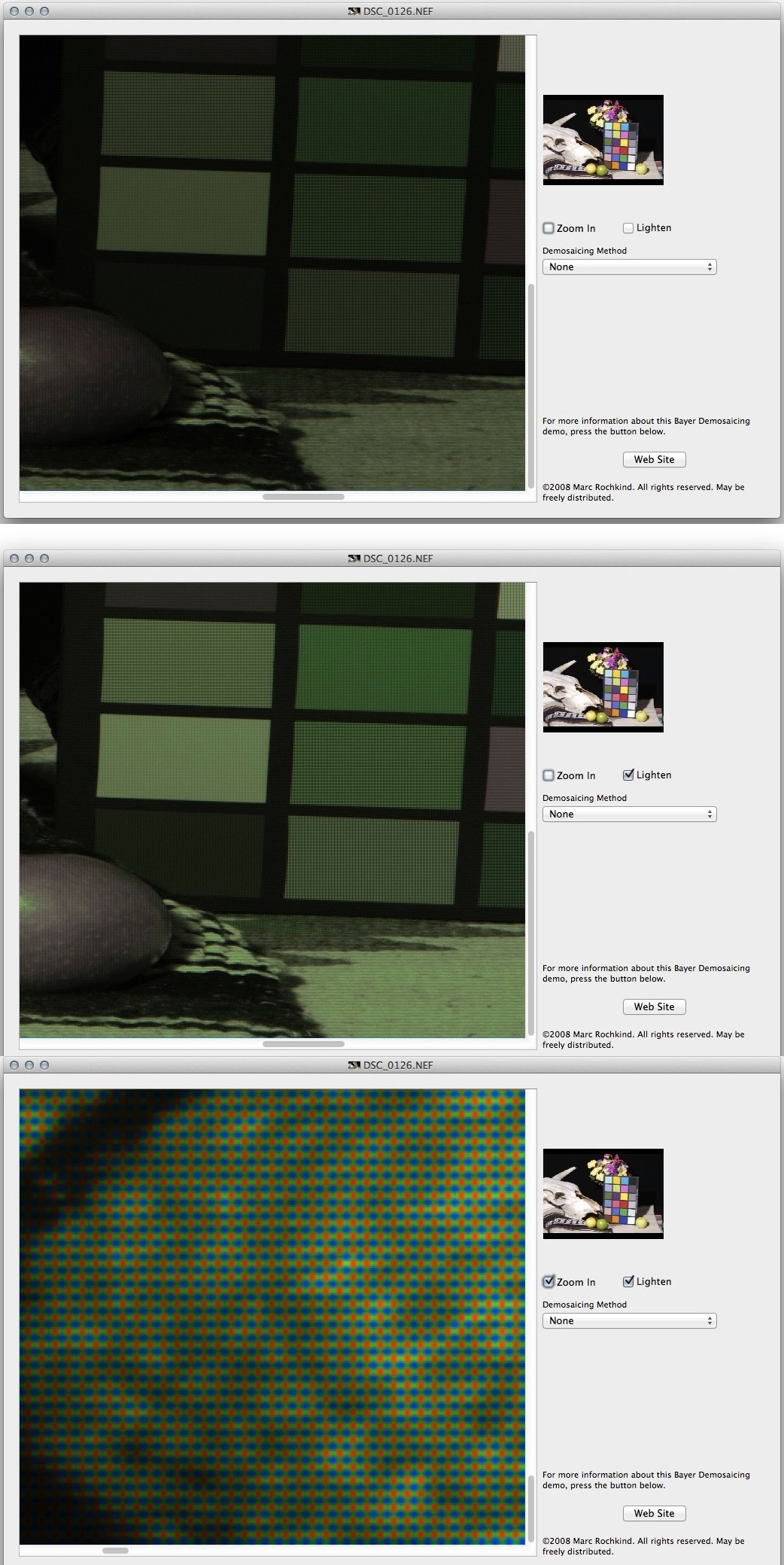I don not understand this. I choose the exposure, not my camera....Too bad only one is optimized in terms of exposure.For me Dan Marchant hit the point.
Since now raw-format ist supported well, why transfer in another format not knowing its future? You can do that when and of your raw-support is in sight. Maybe lightroom has to work a wee or two two convert those thousands of files, but who cares?
Additionally: I always reccomend jpg+raw workflow.
Furtheron I think in raw+jpg my alpha 6000 takes a raw-image (as even in only-jpg-mode) and then generates the jpg with the internal "jpg-optimisation" out of the raw. In jpg-only-mode the process should be same with the difference, that the raw data will not be saved...
Maybe I choose the wrong words, english is not my native language. For sure every raw is somehow rendererd/processed to be viewable. With unedited raws I meant pictures imported with e.g. lightroom with standard presets without further optimisation. In my setup (alpha 6000, LR 6.x, standard import with only "lens correction"/renaming and so) they are regularry not as good as ooc-jpgs.There is no such thing as an unedited raw. It has to be rendered!Ou-of-cam jpgs are better then unedited raws, you always can use all your pics on any device (I do not know one not able to hand jpg..) and if you edit/process an raw-image simply update the jpg.With that you have you "estimated" / most likely future proof format all the time...
This IS yet to be rendered (really unedited) raw:

--
Andrew Rodney
Author: Color Management for Photographers
The Digital Dog
http://www.digitaldog.net
